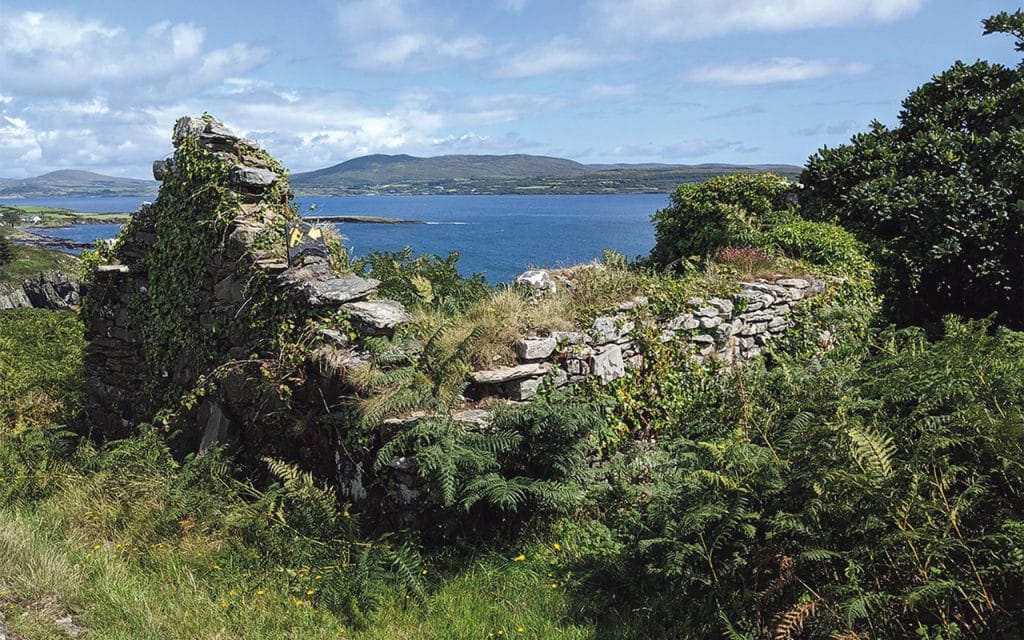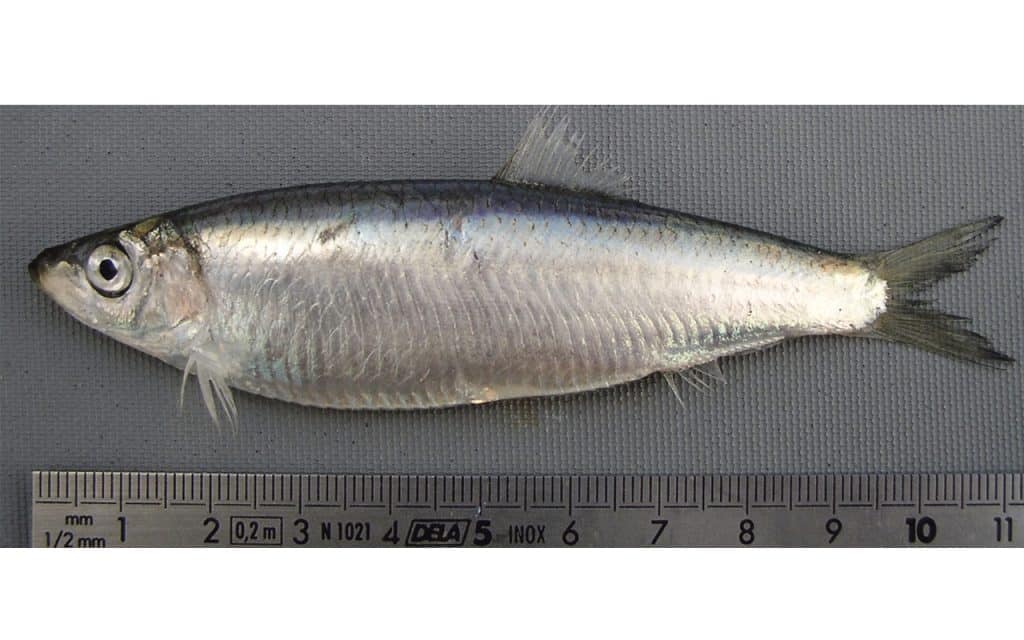In his ‘Special Report on Surnames in Ireland’, Robert E. Matheson published a list of the 27 commonest surnames in Co. Cork, based on their incidence in the index of births for 1890. This is a great source of genealogy, as is Diarmuid Ó Murchadha’s authoritative ‘Family Names of County Cork’ (1985). He focused on the 50 families who influenced Cork history most in the early modern period and whose history was reflected in documentary sources.
Matheson and Ó Murchadha in combination provide 54 Cork surnames, but even that list excludes a plethora of surnames, both indigenous to Co. Cork and relatively numerous common names not included include Linehan, Horgan, Lucey, Coakley, Dennehy, Deasy, Keohane and Minihane, to mention but a few.
Matheson identifies 16 surnames, which appear in the 1890 birth indexes for Co. Cork only. These Cork-only names include Anglin, Bransfield, Dullea, Lordan, Motherway, Santry – all surnames that are still extant but not numerous in Co. Cork.
The earliest people to inhabit South-West Cork were the ‘Corca Laidhe’ (Corcalee) whose chieftain, ‘Lughaidh Laidhe’, at one time ruled the area from Kinsale to Kenmare Bay. The strongest family of the Corcalee were the O’Driscolls, who are still numerous in the area.
Strangely, the second most powerful were the O Cowhigs (also anglicised as Coffee), a name very rare in the area now. Other family names of the Corca Laidhe include O’Leary, Cronin, Murphy, O’Keeffe, Duggan etc.
Several of the most common, numerous surnames are relative newcomers. When the O’Brien’s (Brian Boru’s clan) became very powerful in the 8th and 9th centuries, they put pressure on the Eoghanacht families of Cashel, who moved south and took much territory from the Corcalee. These families are known as the Eoghanacht because they claim descent from Eoghan Mór, king of Munster. These include the McCarthys, the O’Sullivans, the O’Mahonys and the O’Callaghans. The O’Sullivans gained possession of the Beara peninsula, the O’Mahonys, the Mizen Head peninsula. The McCarthys captured land all over County Cork, especially in West Cork, and became the strongest family up to the invasions in the years following 1169.
The O’Donovans were displaced from what is now County Limerick and, by the 13th century, had established themselves in West Cork. With them came the Connolly and Collins families, who were connected to them. The Crowleys, believed to be originally from Connacht, were likewise late arrivals who carved out a territory in the Dunmanway area of West Cork. The O Dalys, who were originally from what is now County Westmeath, dispersed; some settled in Galway, others in Clare, Kerry and Cork. The O Dalys were traditionally a bardic family; in West Cork, they established a bardic school near Kilcrohane on the Sheep’s Head peninsula.

The Norsemen (Vikings) raided Ireland over a period but some of them did settle in Ireland. Cotter (from MacOitir, son of Ottir) is now the only name of Viking origin numerous in County Cork. The Coppingers, for centuries a significant force in Cork history and also of Norse origin, are no longer numerous in Co. Cork. Libby Coppinger plays Gaelic football and camogie for Cork.
The Anglo-Normans first landed in 1169 and their influence is very significant. Walsh, Barry and Fitzgerald all feature in Matheson’s List of the most numerous surnames; other Norman surnames such as Roche, Condon, Barrett, Nagle and Cogan could not be excluded from the roll call of Cork names.
Throughout the 16th and 17th centuries, plantations have added great variety to the range of Cork family names, however only one such surname, Kingston, can be considered very numerous in the county. None-the-less, surnames such as Good, Beamish, Swanton, Sweetnam and Shannon are still common amongst the farming and business communities of south-west Cork.
The decline, disappearance and survival of some of the more uncommon Cork surnames is an interesting study. Skiddy, a surname of Norse origin, prominent in Cork municipal office up to the 17th century, now appears to be extinct in County Cork. Hungerford, of plantation stock from the 17th century, appears to be extinct. Notter, a surname still prominent on the Mizen peninsula in the late 19th century, now appears to be gone. Shipley, a prominent name in Carbery’s Hundred Isles in Roaringwater Bay, in the early 20th century, has disappeared from West Cork, but is still found elsewhere.
Shipsey, incidentally, is given a most original, probably apocryphal derivation. according to West Cork tradition. The first Shipsey, the story goes, was a shipwrecked, foreign sailor, whose only intelligible words to his rescuers were ‘ship’ and ‘sea’, hence ship-say or ship-see.
An older name, still numerous in Co Cork is MacSweeney. The MacSweeneys were gallowglass (Irish, gallóglaigh) or professional soldiers who were first used by the Northern chieftains, MacDonnell, O’Donnell, O’Neill, etc; they were introduced from the North by the McCarthys and stayed there.



